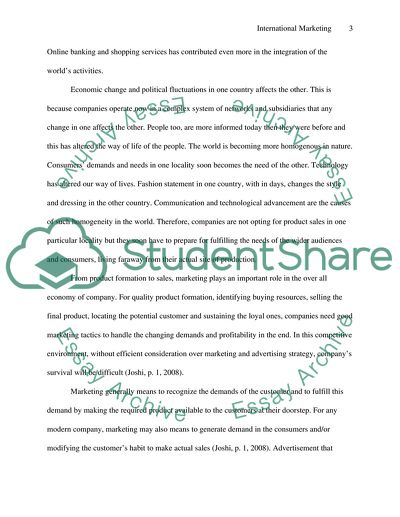Cite this document
(International Marketing: a Cross-Cultural Perspective Dissertation, n.d.)
International Marketing: a Cross-Cultural Perspective Dissertation. Retrieved from https://studentshare.org/marketing/1728008-international-marketing
International Marketing: a Cross-Cultural Perspective Dissertation. Retrieved from https://studentshare.org/marketing/1728008-international-marketing
(International Marketing: A Cross-Cultural Perspective Dissertation)
International Marketing: A Cross-Cultural Perspective Dissertation. https://studentshare.org/marketing/1728008-international-marketing.
International Marketing: A Cross-Cultural Perspective Dissertation. https://studentshare.org/marketing/1728008-international-marketing.
“International Marketing: A Cross-Cultural Perspective Dissertation”, n.d. https://studentshare.org/marketing/1728008-international-marketing.


